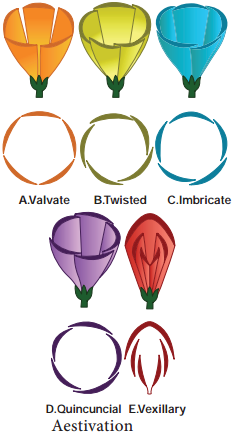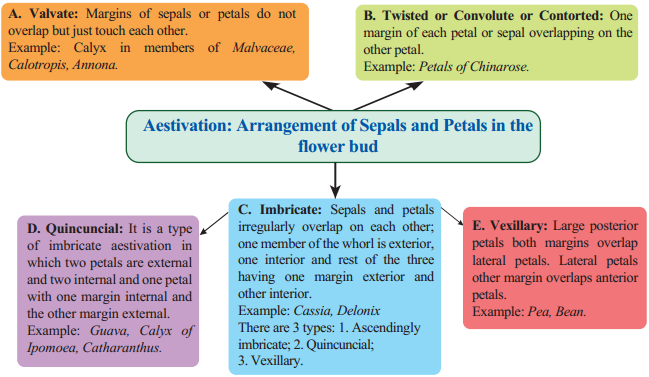Learninsta presents the core concepts of Biology with high-quality research papers and topical review articles.
Accessory Organs – Everything You Need to Know
Arrangement of Whorls
The position of perianth (sepals, petals, tepals) parts relative to one another is called perianth arrangement.
1. Cyclic or Whorled:
All the floral parts are arranged in definite whorls. Example: Brassica.
2. Acyclic or Spiral:
The floral parts are arranged in spirals on the elongated fleshy torus. Example: Magnolia.
3. Spirocyclic or Hemicyclic:
Some parts are in whorls and others parts are in spirals. Example: Annona, Polyalthia
Calyx
Calyx protects the flower in bud stage. Outermost whorl of flower is calyx. Unit of calyx is sepal. Normally green in colour.
1. Fusion:
a. Aposepalous (Polysepalous):
The flower with distinct sepals. Example: Brassica, Annona.
b. Synsepalous:
The flower with united or fused sepals. Example: Hibiscus.
2. Duration of Floral Parts:
What is the green part of brinjal fruit? Have you seen similar to this in any other fruits?
a. Caducous or Fugacious Calyx:
Calyx that withers or falls off during the early development stage of flower. Example: Papaver.
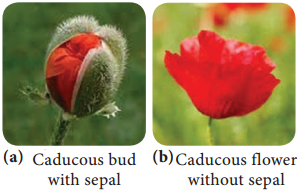
b. Deciduous:
Calyx that falls soon after the opening of flower (anthesis) Example: Nelumbo.
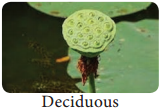
c. Persistant:
Calyx that persists and continues to be along with the fruit and forms a cup at the base of the fruit. Example: Brinjal.
d. Accrescent:
Calyx that is persistent, grows along with the fruit and encloses the fruit either completely or partially. Example: Physalis.
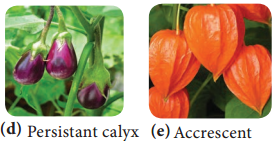
3. Shapes of Calyx
Have you noticed the shoe flower’s calyx? It is bell shaped called Campanulate. The fruiting calyx is urn shaped in Withania and it is called urceolate. In Datura calyx is tube like and it is known as tubular. Two lipped calyx is present in Ocimum. Sometimes calyx is coloured and called petaloid. Example: Saraca and Mussanda. In Tridax, calyx is modified into hair like structures are called pappus.
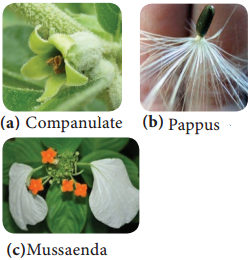
Corolla
Corolla is the most attractive part in majority of the flowers and is usually brightly coloured. Corolla helps to display the flower and attracts the pollinators.
1. Fusion:
a. Apopetalous (Polypetalous):
Petals are distinct. Example: Hibiscus.
b. Sympetalous (Gamopetalous):
Petals are fused. Example: Datura.
Perianth
Can you recall the term homochlamydeous? Undifferentiated calyx and corolla in a flower is called perianth. Each member is called tepal. If the tepals are distinct they are called Apotepalous (Polyphyllous). Example: Allium sativum. Fused tepals are called Syntepalous. (Gamophyllous). Example: Allium cepa.
Aestivation:
Arrangement of sepals and petals in the flower bud is said to be aestivation.
